This page contains a starting rundown and definitions for normal terms identified with industrial diesel power engines, generators, power and power age:
American Public Power Association (APPA): A national administration association that speaks to 2000 city and other state or neighborhood freely possessed electric utilities spread over the United States.
Power outage: Sudden disturbance of electrical power.
Contactor: It is utilized as a part of control circuits.
Current: The stream of particles charged by power.
Rotating Current (AC): Current spilling out of zero to a positive most extreme and afterward back to zero, streams down again to a negative greatest to return back to zero.
Coordinate Current (DC): Current delivered by capacity battery or electromagnetic acceptance, with a unidirectional stream.
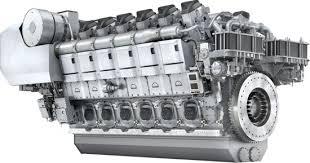
Diesel Power Engine
Diesel Power Engine: An inward ignition engine in which fuel oil is scorched by warm created from air pressure. The most usually purchased Industrial Diesel Engines are either Rebuilt Diesel Engine or Used Diesel Engine.
Dissemination: Supply of lower voltage electric power from a unified substation to the point of end utilize.
Generator: An utility gadget that believers mechanical vitality into electrical vitality, accessible either as immediate or substituting current.
Reinforcement Generators: Used for satisfying crisis stack prerequisite amid sudden lack of power.
Diesel Power Generator: Starts up and creates power naturally amid power cut.
Dynamo: A mechanical gadget that proselytes mechanical vitality into electrical vitality through electromagnetic acceptance process.
Electric Generator: Generates power from a wellspring of mechanical vitality.
Engine Generator: Generates electric power with the assistance of natural gas or diesel responding engine.
Gensets: A convenient power generator, changing over fuel into electrical power through mechanical ways. Clasp on gensets and Under-slung gensets are generally well known.
Engine Generator: Normally utilized either to direct or condition power from a crude power source like electric utility framework.
Non-Utility Generator: Connected to an electric utility framework, Non-utility Generator produces power particularly for those not claimed by an electric utility.
Standby Generator: Used for power reinforcement in home, Standby Generator is driven by gasoline or LP gas.
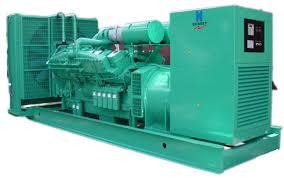
Standby Generator
Turbine Generator: Running on gas or steam turbine, turbine generator creates power through electromagnetic powers caused by steam, water or wind and so forth.
Table of Contents
Generator Parts and Internal Components
Alternator: This gadget changes over mechanical vitality into electrical vitality.
Battery Charge Rectifier: This part changes AC voltage from the battery charge windings to DC voltage for charging a battery.
Brush: This graphite or copper made directing component keeps up sliding electrical contact amongst static and moving component.
Center: Core is the attractive structure constructed cover in the generator.
Support: Covering a generator or engine, this metal casing gives additional assurance from external aggravations.
Flywheel: Storing vitality in a pivoting mass shape, Flywheel is an exceptionally dynamic substitution of synthetic batteries.
Start Coil: Ignition loop supplies DC voltage to the start plugs.
Magneto: Built with perpetual magnets, Magneto is an extraordinary sort of alternator that creates current for start in an interior burning engine.
Rectifier: Rectifier is utilized for changing over substituting current (AC) to coordinate current (DC).
Transfer: Normally utilized as a part of control circuits, hand-off is a switch driven by power and standards over contactor by goodness of low amperage contacts.
Rotor: Rotor is the component that on, which the turning of a generator depends.
Stator: Stator is the static or enduring component of a generator.
Voltage Regulator: By tweaking the stream of DC to the rotor, Voltage controller keeps up ideal generator voltage, naturally.
Winding: Winding involves every one of the curls of a generator.
Stator twisting: Comprises of stator curls with their interconnections.
Rotor twisting: Comprises of all the rotor post windings and associations.
Generator framework related terms
Lattice: with a specific end goal to meet the power needs at the frameworks in various focuses, an arrangement of power lines and generators, interconnected is utilized. This is a matrix.
Load: Load is that the measure of electric power utilized by gadgets related to power generating framework.
Off-Peak: A particular period when power request of a framework is relatively low. Tallied from 10 p.m. until 6 a.m., from Monday through Saturday and amid the entire day on Sunday by NERC.
Off-Peak Rate: This is the rate of cost for power utilized amid Off-Peak periods.
Pinnacle: Measurement of the most extreme load that is devoured inside a predetermined era.
Stage: Phase measures the uniform intermittent change in adequacy or size of a rotating current.
Evaluated Voltage: The particular voltage estimation at which an engine generator set can begin working.
Single Point of Failure: Single purpose of disappointment is an area in a repetitive framework where a solitary powers disappointment brings about loss of electrical power to the basic load.
Standby (Backup) Service: Administration through a lasting association not ordinarily utilized but rather accessible in lieu of, or as a supplement to, the standard wellspring of supply.
Standby Power: This is the reinforcement wellspring of electrical vitality that remaining parts torpid and begins working when a control gadget trains it to.
UPS (Uninterruptible Power Supply): Supplies power naturally and quickly amid lack of power supply. UPS activity is reliant on an essential power source, for example, the electric utility matrix, as it generates power itself.
Electric Power Units
Amperage: Measurement of the quality or force of an electric current in ampere.
Hertz (Hz): unit of frequency that is equivalent to one cycle for each second.
Joule: Measurement of electrical vitality equal to the work done when a current of one ampere goes through a protection of one ohm for one moment.
Kilowatt (KW): Kilowatt is power expected to do work at the rate of 1000 joules for each second.
Kilowatt-hour (KWhr): Total number of kilowatts utilized every hour. Or on the other hand 3,600,000 joules.
KVA: KVA is kilovolt-ampere and is the unit of evident power. KVA is utilized for estimating the power utilization of non-resistive hardware, for example, engines, PCs, and most non-radiant lighting.
Volt: Potential contrast between two focuses.
Voltage: Measurement of electrical potential contrast communicated in volts.
Watt: Measurement of electrical power. One watt is equivalent to 1 joule of vitality for each second.
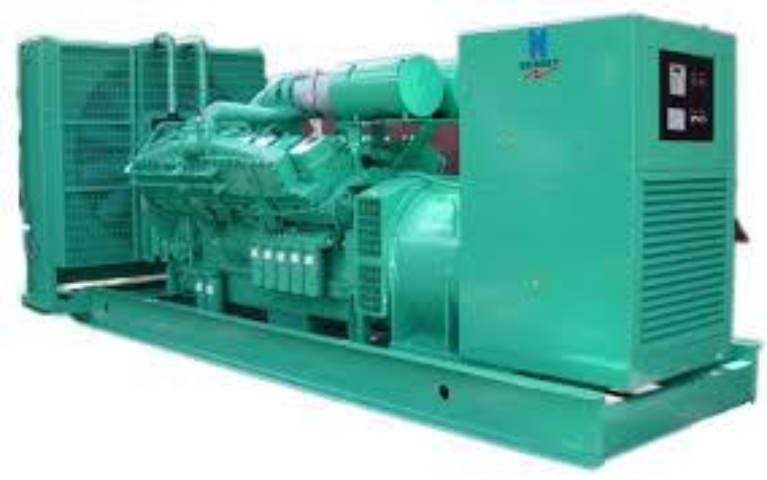

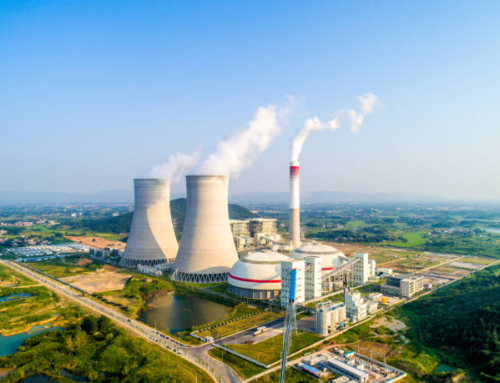
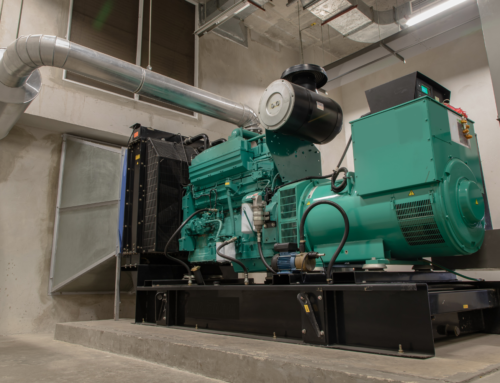
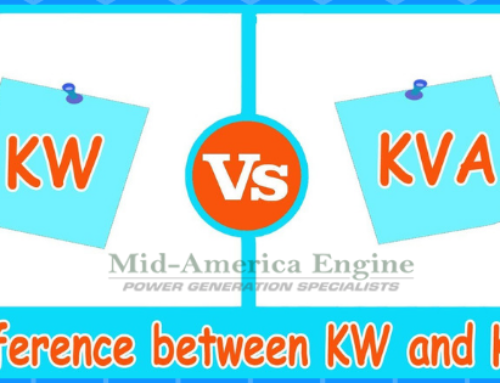
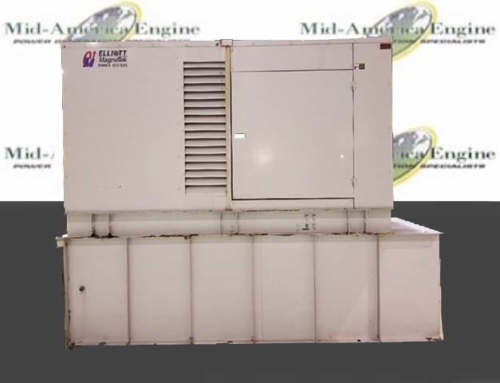
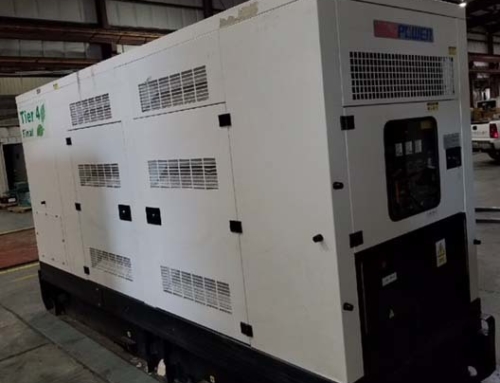



![Commercial Generators Buying Guide 2024 [By Generator Specialist] 10 Commercial Generator](https://www.midamericaengine.com/wp-content/uploads/2016/07/Another-Commercial-Power-Project-Completed-66x66.jpg)
![Natural Gas Generators Buying Guide 2024 [By Generator Specialist] 11 natural gas generators](https://www.midamericaengine.com/wp-content/uploads/2018/09/IMG_8223.JPG-66x66.jpeg)

Leave A Comment